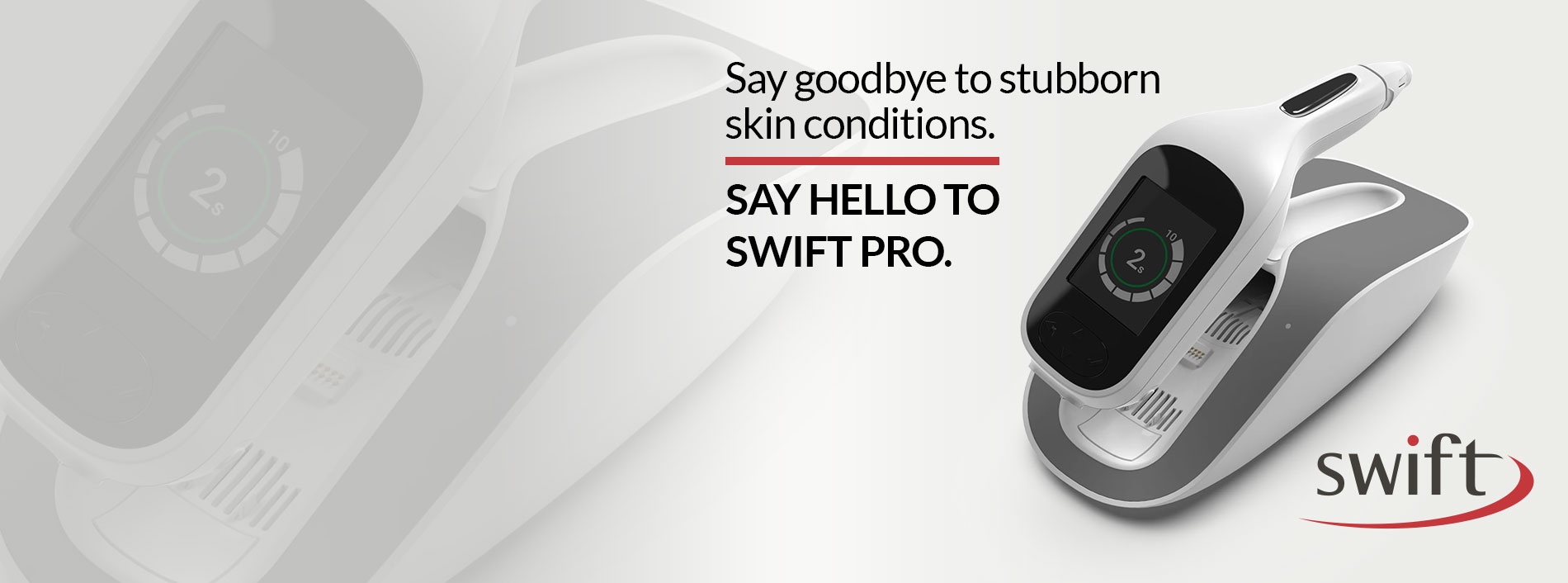

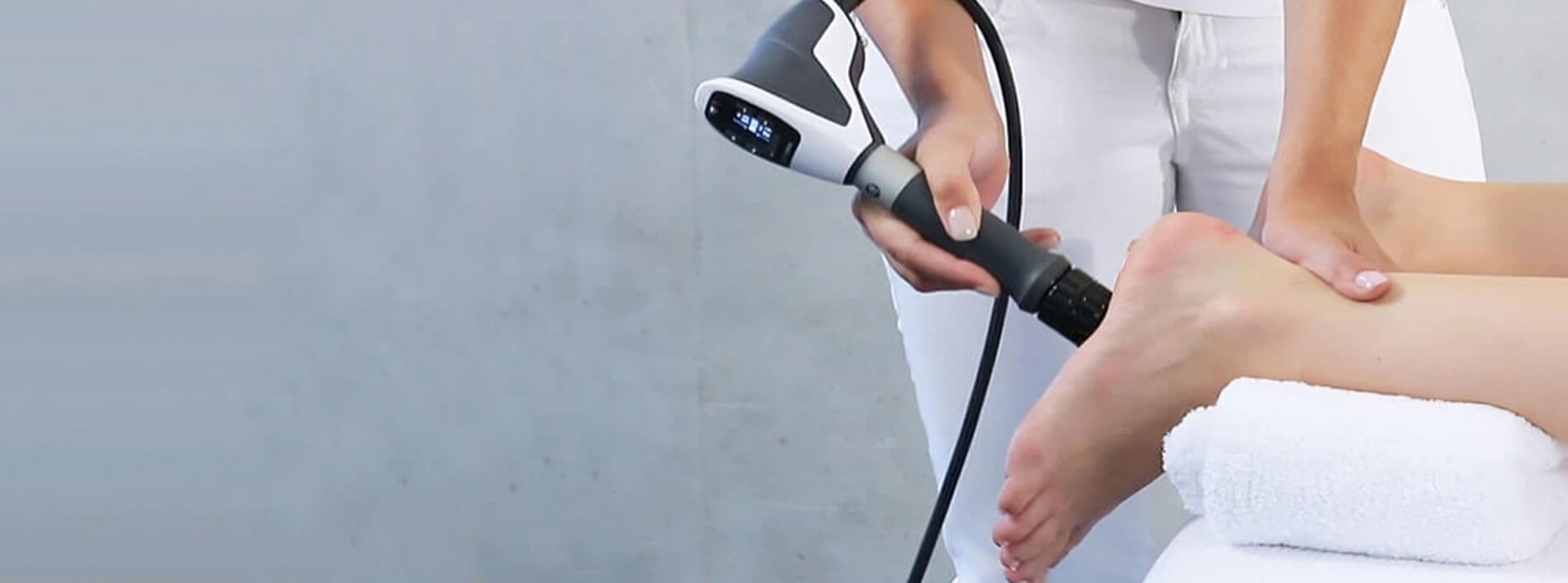
slide-swift-pro-01.jpg
slide-ballet.jpg
shockwave-therapy-curamedix.jpg
WE PROVIDE FOOT CARE FOR THE WHOLE FAMILY
Suffering from foot, ankle or heel pain?
As the official podiatrist for the Boston Ballet, Jordana Szpiro, DPM, FACFAS has the credentials and expertise to treat all your foot and ankle concerns. Located in Boston, MA, our practice, Boston Common Podiatry, has access to various advanced equipment regarding podiatric treatment and procedures, we have on-site x-ray and handicap entrance.
Boston Common Podiatry specializes in heel pain, skin conditions of the foot, sports medicine, general podiatric care, laser wart removal, laser treatment for fungal nails, and we offer custom made orthotics as well! We perform procedures involving surgery, as well as shockwave therapy (EPAT) and Sculptra foot fillers. As a practice, we work with each patient to develop a unique plan that will address all of their problems.
Dr. Szpiro is an expert in laser wart removal and the treatment of toenail fungus through the use of laser therapy. Dr. Szpiro has lectured extensively on various topics, most recently at the APMA Annual Scientific Meeting on laser treatment for toenail fungus. Whatever podiatric concern you may be facing, our doctor is sure to be able to help!
We have an employee that speaks fluent Spanish.
To schedule an appointment, call us at (617) 286-5163. We accept a variety of insurance plans and payment with cash, check, or credit card.
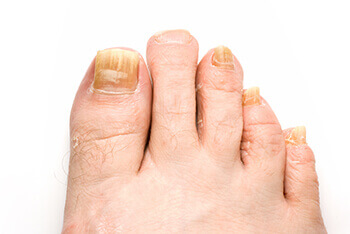
Fungal toenails form due to an infection that gets in between either the cracks in the nail or possible cuts on the surrounding skin. When this occurs, it’s likely to discolor and thicken the nail; this makes it hard to care for or trim. The nail itself may also become brittle and could potentially crumble. The fungus under the nail may build over time, separating the nail from the bed and ultimately causing it to fall off if not treated properly.
Fungal nails typically form due to the lack of footwear in public, warm, damp environments. Popular areas where patients have picked up a fungal infection include communal showers, locker rooms, gyms, and swimming pools. If you’re prone to sweaty feet, you may be more likely to develop a fungal nail as well. You may also be more likely to develop a fungal nail if you have a weaker immune system or have a history with athlete’s foot.
For a proper diagnosis and advised treatment plan, it’s recommended that you consult with a podiatrist as soon as possible for professional care and to prevent the infection from spreading.
 Dr. Szpiro is an expert in the treatment of toenail fungus through the use of laser therapy. Dr. Szpiro has also lectured extensively on laser treatment at the APMA Annual Scientific Meeting.
Dr. Szpiro is an expert in the treatment of toenail fungus through the use of laser therapy. Dr. Szpiro has also lectured extensively on laser treatment at the APMA Annual Scientific Meeting.
Toenail fungus, medically known as onychomycosis, is a very common infection of the nail. Initially, toenail fungus may present as white spots on the nail or black spots beneath the nail. Ridges will typically start to form, and the nail will seem rougher to the touch. As the infection progresses, the nail may thicken and become brittle, discolored, or misshapen. The growing fungus separates the layers of keratin in the toenail, which leads to the characteristic distorted look.
Toenail fungus is notoriously difficult to cure with over-the-counter medicines. From foot soaks to ointments, the efficacy of such treatments is extremely varied. Our practice, however, offers the Cutera Laser Genesis, advanced laser technology available to clear toenail fungus and a variety of other skin conditions through the Cutera Laser Genesis procedure. Treatment itself involves the delivery of pulsed laser energy to the targeted area of the nail and/or skin, where it passes through and is absorbed to reach the fungus. Cutera Laser Genesis is safe, comfortable, and effective.
Laser toenail fungus treatments are now used all over the world and can be performed in-office. The number of treatments required to cure the fungal infection varies by patient. If you are interested in Cutera Laser Genesis, contact our office today!
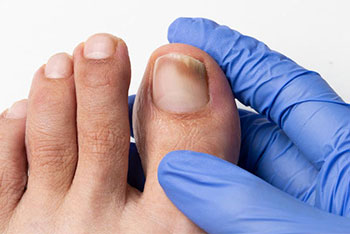
Fungal toenails (onychomycosis) is a common infection that causes nails to become yellow, thickened, and crumbly. They may even separate from the nail bed and emit a foul odor. Traditional treatments are not always effective against this stubborn infection, and have sometimes been linked with harmful side effects.
Cutera GenesisPlus is an FDA-approved laser treatment that safely and effectively eradicates toenail fungus without harming surrounding healthy tissue. This leading edge laser therapy focuses a precise beam of laser light which penetrates the layers of nail, and nail bed, where the fungus embeds itself. The Cutera laser raises the temperature where the micro-organisms causing the infection are living, which kills them.
As the nail grows out, healthy nail tissue grows in and pushes out the area of the nail that had been infected.
The advanced technology of Cutera GenesisPlus is non-invasive and allows the podiatrist to monitor and control the temperature of the nail based on patient feedback. Any adjustments will be made to keep the patient comfortable during treatment.
The number of Cutera Laser treatments required depend on how severe the toenail infection is. However, many patients experience an improvement in their condition after only one or two treatments. Each treatment can last from 20-40 minutes and sometimes they are spaced 6-8 weeks apart.
Most patients can resume normal activities right away following treatment sessions and there is no recovery period. Your podiatrist will schedule follow up appointments to ensure that the fungus has been totally eradicated, and that your new nail will grow in healthy and beautiful.
If you believe you have a toenail infection, make an appointment right away with your podiatrist to examine you and discuss Cutera Laser Therapy treatments. Remember-toenail fungal infections will not go away on their own, and usually get worse if they are not treated effectively. Your nail may become misshapen and separate even farther from your nail bed, making it difficult to walk or wear shoes.

Those who have a very low foot arch or no arch at all have a condition referred to as flat feet. Most children are born with flat feet and will gradually develop arches in their feet over time. However, if the arch does not develop, it’s likely for one to experience foot pain as they grow older. Those with flat feet tend to walk with an overpronation, often causing the feet to point outward. Since the feet carry the weight of the body, it can put an immense amount of pressure on those with little to no arch because that extra support is absent. The weight of the body is often unevenly distributed as well.
People with flat feet may feel foot pain due to a straining of their muscles and connecting ligaments. It’s also common for people with flat feet to roll their feet as they walk, which may in turn cause discomfort for the ankle. Swelling of the calf, lower legs, knees, and lower back may form as a result of flat feet, along with the feeling of stiffness in the feet as well. Some of the most common reasons for the development of flat feet include genetic factors, a foot or ankle injury, arthritis, and damage to the nervous system. Specific exercises and foot stretches may help alleviate the discomfort that flat feet can often cause.
If you would like more information about caring for flat feet, we suggest that you speak with a podiatrist who can offer you professional recommendations and an advised treatment plan.

Foot pain can come in various forms and for a number of different reasons. When discomfort is experienced, it’s extremely important that you visit with a podiatrist who can properly diagnose the reason for the pain. Common causes of foot pain may include overuse injuries, such as from sporting activities like running. Other causes include complications due to arthritis, as well as diabetes. There are a number of foot conditions that can lead to foot pain as well.
Many patients have experienced severe foot discomfort due to bunions, plantar warts, hammertoes, stress fractures, blisters, ingrown toenails, and corns and calluses, to name a few. Foot pain is often associated with the following symptoms: swelling, redness, warmth, tenderness, discoloration, stiffness, as well as burning, tingling, and numbing sensations. It may help to check the feet daily for any abnormalities or deformities that may be causing the foot pain. Treatment for foot pain will vary on a case by case basis, along with the recovery process.
If you’re experiencing foot pain, we recommend you consult with a podiatrist for a proper diagnosis and advised treatment plan.
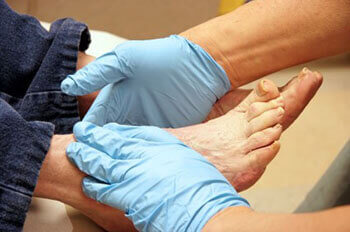
Diabetes can unfortunately cause many foot problems that often lead to a great deal of pain and discomfort. For example, poor circulation of the feet is often an issue among those with diabetes because it damages the nerves. When this occurs, it’s likely for one to develop peripheral neuropathy. Peripheral neuropathy can make it feel like you have pins and needles in your feet. Others who have experienced this condition have also recalled a burning, tingling, or numbing sensation.
Since nerves are often damaged due to diabetes, the issue of not feeling when a wound has developed can lead to serious complications. Minor cuts or scrapes on the foot may run the risk of getting infected if the feet are not checked daily for wounds. Diabetes may also reduce blood flow to the feet, which in turn can make it harder for wounds to heal. With that being said, it’s important you seek professional help for treating any foot ailments. To prevent yourself from running the risk of developing a serious foot condition, it’s recommended that you wash and dry your feet daily, cut your toenails carefully, keep your feet moisturized, check them regularly for any abnormalities, and keep your feet warm and dry.
For more advice on how to care for diabetic feet and for professional treatment, make an appointment with our office today!
